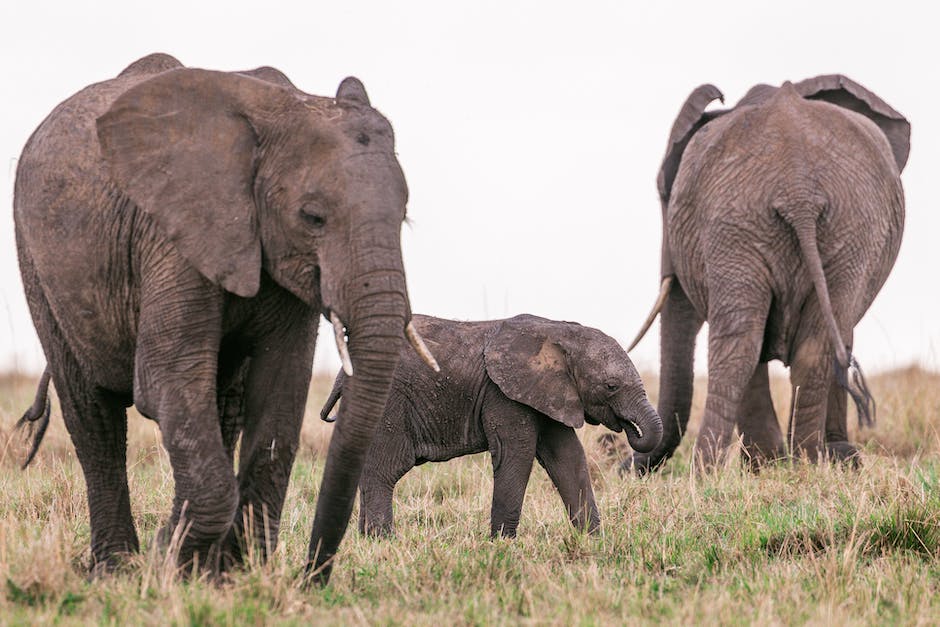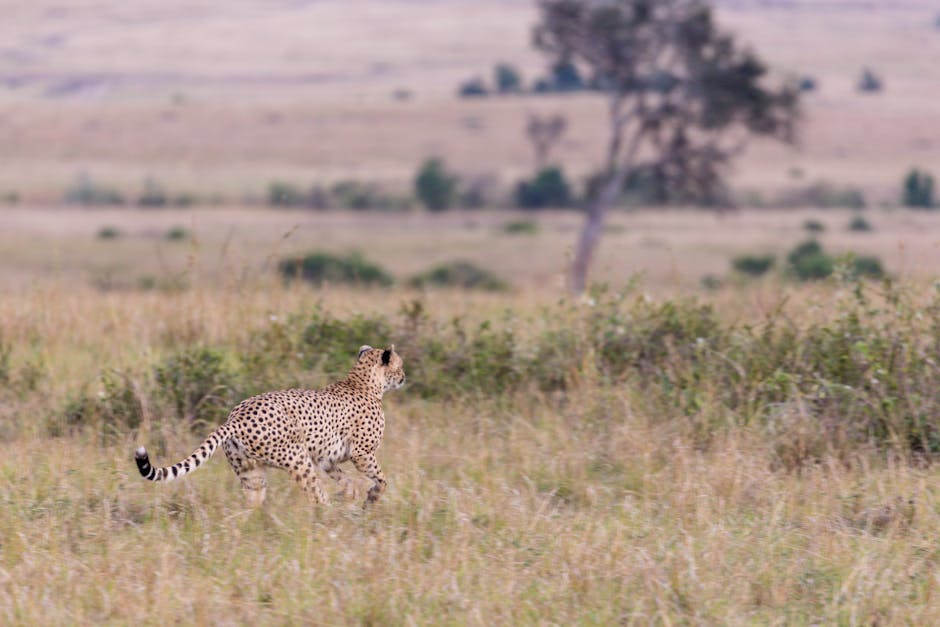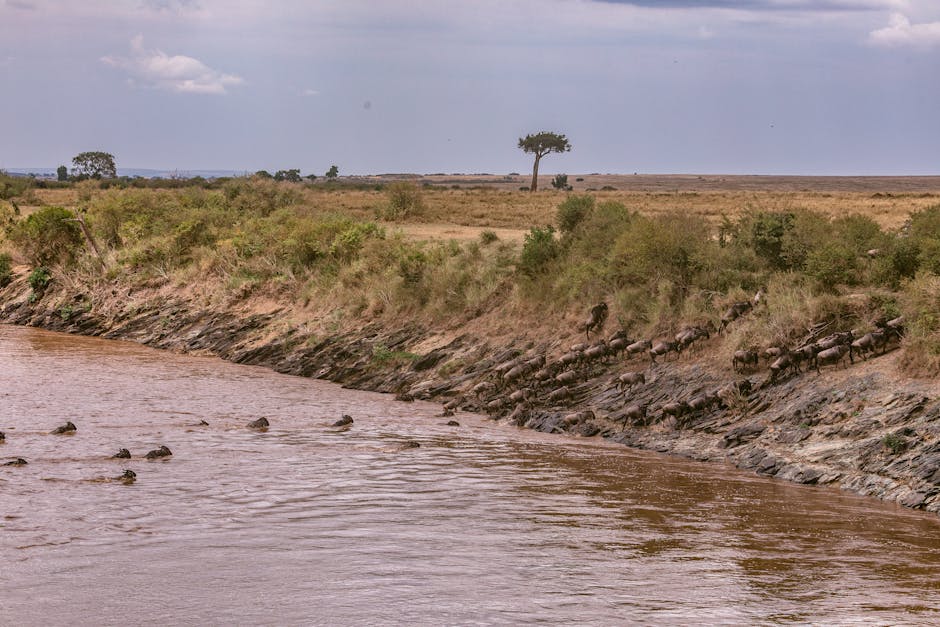
Written by

Quick Guide to African Safari Animals You Might Encounter:
Going on a safari in Tanzania or any other part of Africa is an unforgettable experience. From the adrenaline of spotting a lion in the wild to the awe of watching a herd of elephants stroll past, each moment is unique. If you’re dreaming of an adventure that puts you face-to-face with the most fascinating wildlife on the planet, you’re in the right place.
Safaris aren’t just about seeing animals; they’re about witnessing nature’s wonders up close. Tanzania, with its vast savannahs, thick forests, and staggering wildlife diversity, offers one of the best stages for such encounters. Whether it’s the iconic Serengeti or the lush Ngorongoro Crater, Tanzania provides a backdrop for some of the most dramatic wildlife spectacles on Earth.
So, whether you’re an avid birder, a wildlife photographer, or someone looking to tick off seeing the Big Five from their bucket list, an African safari is unparalleled. Let’s dive into what makes these adventures truly unforgettable, starting with the remarkable animals that call Africa home.

When it comes to animal safari animals, the Big Five are legendary. They’re not just any animals; they’re a testament to Africa’s wild heart. Let’s get to know them better.
Lions are more than just majestic creatures with fearsome roars. They are Africa’s top carnivores and live in groups called prides. Interestingly, it’s the lionesses that do most of the hunting. They work together to catch their prey, usually in the cool hours of dawn and dusk. So, if you’re hoping to see lions in action, those are the best times to be out and about.
Leopards are solitary and incredibly hard to spot. They are the most beautiful of the African cats, with stunning spotted coats and piercing green eyes. Leopards are strong climbers and love to rest in the trees during the day. If you want to catch a glimpse of these elusive beauties, make sure to look up and keep your eyes peeled in the early morning or evening.
Rhinos might look tough on the outside, but they’re gentle giants. There are two types you might see on safari: the critically endangered black rhino and the more common white rhino. Despite their names, both are actually gray. They’re incredible creatures, with skin that can be up to 5 cm thick. Sadly, rhinos are under constant threat from poaching, making every sighting a rare and special moment.
Elephants are the largest land mammals, and seeing them is a highlight of any safari. They live in large family groups led by a matriarch and spend their days foraging for food. An adult elephant can eat up to 150 kg of food a day! Witnessing a herd of elephants quietly crossing the road in front of you is an awe-inspiring experience that embodies the spirit of the African safari.
Last but certainly not least, we have the African buffalo. They may not have the same allure as a lion or leopard, but they’re one of the most dangerous animals in Africa. Buffaloes are incredibly strong and have a bad temper. They move in large herds and can often be found lounging in watering holes. But don’t let their lazy appearance fool you; these animals demand respect and caution.
Each of these animals offers a unique glimpse into the wild heart of Africa. Seeing the Big Five in their natural habitat is an experience that stays with you for a lifetime. Whether it’s the powerful roar of a lion, the silent grace of a leopard, the imposing presence of a rhino, the majestic procession of elephants, or the rugged resilience of buffaloes, these animals are the soul of the African safari.
Next, we’ll speed up a bit and explore the agile and swift inhabitants of the savannah: the cheetah and the wildebeest. Stay tuned for more thrilling safari adventures with Tanzania Tribe Safari.
In the vast, open savannahs of Tanzania, speed is the name of the game for two remarkable animal safari animals: the cheetah and the wildebeest. These creatures embody the essence of agility and endurance, making them fascinating subjects for anyone embarking on a safari adventure.

The cheetah is not only a symbol of speed but also an incredible example of natural engineering. Capable of accelerating from 0 to 60 miles per hour in just three seconds, the cheetah holds the title of the fastest land mammal. This incredible ability is thanks to its lightweight frame, long legs, and specialized muscles that allow for explosive bursts of speed. However, these sprints are short-lived as cheetahs can only maintain this pace for a few hundred meters before overheating.
Fun Fact: Despite their prowess, cheetahs are daytime hunters who rely on stealth and speed to catch their prey, often employing a surprising pounce rather than a long chase.
Where to see them: The Serengeti National Park in Tanzania is an ideal place to witness these magnificent animals in action, especially during the early morning or late afternoon when they are most active.

Wildebeest, also known as gnus, are not just speedsters but are also known for their incredible migratory journey. Every year, over a million wildebeest undertake a perilous trek across the Serengeti-Mara ecosystem in search of fresh grazing grounds and water. This journey is fraught with danger, not least from predators like lions and crocodiles, but also from the sheer physical toll it takes on the wildebeest. Their relentless drive and stamina during this journey are a testament to the harsh realities of life on the savannah.
Interesting Observation: The wildebeest’s migration is so massive that it can be seen from space, making it one of the most spectacular wildlife events on the planet.
Where to observe: The Serengeti National Park offers front-row seats to this awe-inspiring event, particularly between July and October when the wildebeest cross the Grumeti and Mara rivers.
Both the cheetah and the wildebeest represent the incredible diversity and adaptability of animal safari animals in Tanzania. Their stories of speed, survival, and endurance are just waiting to be discovered on your next safari adventure with Tanzania Tribe Safari. As we continue to explore the wonders of the African plains, each animal plays a crucial role in the delicate balance of the ecosystem.
In the next section, we’ll look at the giants that roam these lands: the giraffe and the hippopotamus. Stay with us for more insights into the fascinating world of safari animals.
In the vast expanses of the African plains, two giants stand out for their size and unique adaptations: the giraffe and the hippopotamus. These animal safari animals are not only integral to the ecosystem but also offer some of the most memorable sightings on a safari.
The giraffe, the tallest land animal, towers above the African savannah, reaching heights up to 18 feet. Its long neck, which contains the same number of vertebrae as a human neck, allows it to access leaves and buds in the treetops, beyond the reach of other herbivores. This dietary habit plays a crucial role in maintaining the health of the savannah’s tree populations.
Giraffes are found across several African countries, including Tanzania, where they gracefully roam the plains of national parks like Serengeti and Tarangire. Their unique coat patterns, which vary from one individual to another, make them excellent subjects for photography and observation.
A fascinating fact about giraffes is their social structure, known as a tower when standing still and a journey when moving. Despite their size, giraffes are relatively quiet animals, communicating through subtle visual and infrasonic sounds below the range of human hearing.
Contrasting the giraffe’s lofty heights, the hippopotamus is a heavyweight of the African waterways, with adult males weighing up to 3 tonnes. Despite their bulky frame and short legs, hippos are surprisingly graceful swimmers, spending most of their day submerged in rivers and lakes to keep cool under the hot African sun.
Hippos are often considered one of Africa’s most dangerous animals due to their territorial nature and unpredictable behavior. They can run surprisingly fast and have powerful jaws capable of biting through a boat. Observing these giants from a safe distance, especially during a boat safari, offers a thrilling experience.
At night, hippos leave the water to graze on grass, traveling several kilometers to their feeding grounds. This nightly routine plays a significant role in nutrient recycling, as hippos transport nutrients from the waterways onto the land.
Top places to see hippos on safari include the Serengeti and Selous Game Reserve in Tanzania, where they congregate in large pods, providing spectacular viewing opportunities.
As we explore the wonders of the African plains, each animal plays a crucial role in the delicate balance of the ecosystem. The giraffe and the hippopotamus, with their distinct adaptations and behaviors, are prime examples of nature’s ingenuity. Observing these giants in their natural habitats is a reminder of the wild’s majesty and the importance of conservation efforts to preserve these remarkable creatures for future generations.
In the next section, we’ll delve into the masters of adaptation: the hyena and the zebra. Stay tuned for more insights into the fascinating world of animal safari animals.
In the vast and varied landscapes of Africa, survival is not just about strength or speed; it’s about the ability to adapt. Two of the most remarkable adapters in the animal kingdom are the hyena and the zebra. Let’s explore how these animal safari animals have become masters of making the most out of their environments.
Often misunderstood, the hyena is not just a scavenger but a complex and intelligent creature with a social structure that rivals that of primates. They are known for their laughter-like calls, which are actually communications between clan members.
Zebras might seem like just another herd animal, but their striking stripes and social systems reveal a highly adapted species. Each zebra’s stripes are as unique as fingerprints, serving multiple purposes from camouflage to social bonding.
In Conclusion,
The hyena and the zebra embody the essence of adaptation in the African wilderness. Their ability to thrive in changing environments and under different threats is a testament to the ingenuity of nature. On your next safari, keep an eye out for these masters of adaptation. Observing their behaviors and interactions provides valuable lessons on survival and resilience.
We’ll dive into the aquatic predators that rule the rivers and waterways of Africa. The Nile crocodile awaits with its ancient lineage and formidable presence.
When we talk about animal safari animals, it’s easy to get caught up in the land giants and swift predators of the savannah. But let’s not forget the rulers of Africa’s rivers and deltas—the Nile Crocodile. This creature is a testament to the diversity and adaptability of life on this continent.
Nile Crocodile: The Nile crocodile is the second-largest reptile in the world, with some adults exceeding 20 feet in length. They are found in various aquatic habitats across sub-Saharan Africa, including rivers, freshwater marshes, and mangrove swamps. These crocodiles are not just survivors from a prehistoric age; they are apex predators in their ecosystems.
Observing Nile crocodiles in their natural environment offers a unique perspective on the power and beauty of Africa’s wildlife. It’s a reminder of the ancient connections between land and water, and the complex ecosystems that support life on this continent.
As we’ve explored the various facets of animal safari animals, from the majestic Big Five to the elusive speedsters of the savannah, and now the aquatic predators, it’s clear that Africa offers unparalleled wildlife experiences. Each creature, whether on land or in water, plays a vital role in the ecosystem and contributes to the rich tapestry of life that makes African safaris so captivating.
Next, we’ll answer some of the most common questions about safari animals, including the best times to see them and how to safely observe these wild animals during your adventure.
When planning a trip to see the magnificent animal safari animals in their natural habitat, several questions might come to mind. Let’s address some of the most common inquiries to help you prepare for an unforgettable adventure.
The best time to see the Big Five – lions, leopards, rhinos, elephants, and buffaloes – largely depends on the region you’re visiting. However, the dry season, which typically runs from June to October, is often considered ideal. During this period, vegetation is sparser, making animals easier to spot as they gather around water sources. For instance, the Serengeti in Tanzania offers spectacular views of the Big Five during these months, especially with the Great Migration peaking around June and July.
Safely observing wild animals is paramount during a safari. Here are a few tips to ensure both your safety and the well-being of the animals:
Beyond the famous Big Five, Africa’s plains are teeming with other fascinating species that deserve your attention. Here are a few lesser-known animals to keep an eye out for:
Every safari is unique, and part of the excitement is not knowing exactly which animals you’ll see. With the right preparation and respect for wildlife, your safari in Tanzania or any other African country will be an enriching experience.
Going on a safari is more than just ticking off a list of animals you’ve seen. It’s about immersing yourself in the wonders of the wild, understanding the delicate balance of nature, and experiencing the thrill of discovery. At Tanzania Tribe Safari, we believe that every safari is a step closer to understanding our planet and the need to protect it.
Our safaris are designed to bring you face-to-face with the majestic animal safari animals, offering moments that you’ll carry with you long after you’ve returned home. From the thunderous roar of the African lion to the graceful leap of the gazelle, each encounter is a testament to the beauty and resilience of wildlife.
But what sets us apart is our commitment to conservation and community. We understand that to protect these magnificent creatures and their habitats, we must work hand in hand with the communities that live alongside them. Our safaris not only aim to educate and inspire our guests about wildlife but also contribute to local conservation efforts that make a real difference.
Whether it’s your first safari or your tenth, we invite you to join us on an unforgettable journey through Tanzania’s spectacular landscapes. Let us show you the heart of Africa, where every safari is a new story waiting to be told.
Ready to embark on the adventure of a lifetime? Explore our Tanzania safaris and find the perfect journey for you.
The wild calls to us all, but it’s how we answer that makes all the difference. With Tanzania Tribe Safari, you’re not just observing; you’re participating in a grand, ongoing story of nature, conservation, and discovery. Let’s make your safari experience meaningful, breathtaking, and utterly unforgettable.
Mar 29, 2024



Tanzania Tribe Safari is an exceptional organization focused on delivering a customized Tanzanian experience to its customers. I highly recommend them to anyone interested in traveling to Tanzania in search of a one-of-a-kind experience.
The trip of a lifetime! Tanzania Tribe Safari created a seamless experience for us from wonderful hotels and a tented camp to a safari experience that kept us in awe. Our safari guide Amini wore many hats during our trip and had eyes of an eagle!
Oh my gosh! Where do I start? My three sisters and I booked a trip to Tanzania and Zanzibar through Tanzania Tribe Safari. It can be marked as a trip of a lifetime! Our safari guide, Amini was very knowledgeable about the animals and terrain.